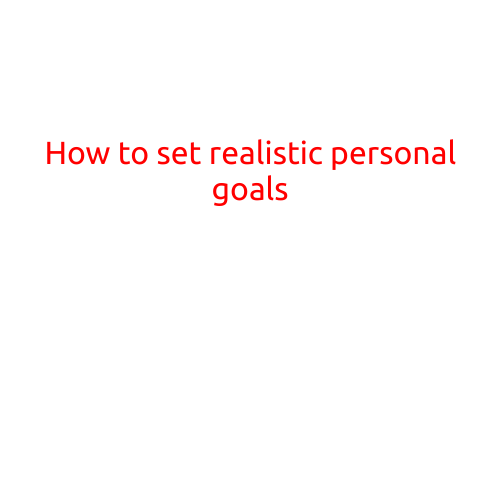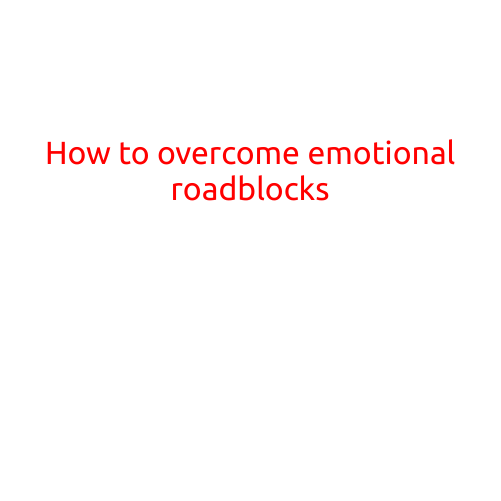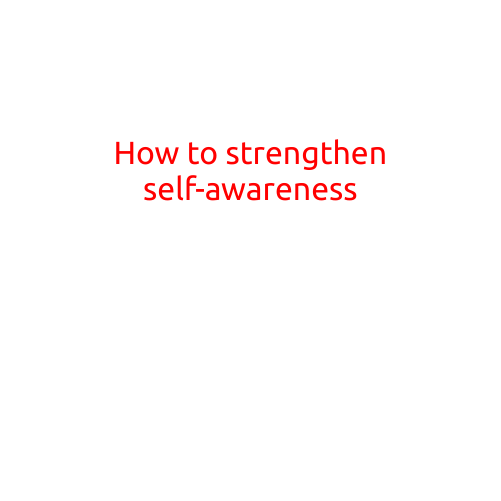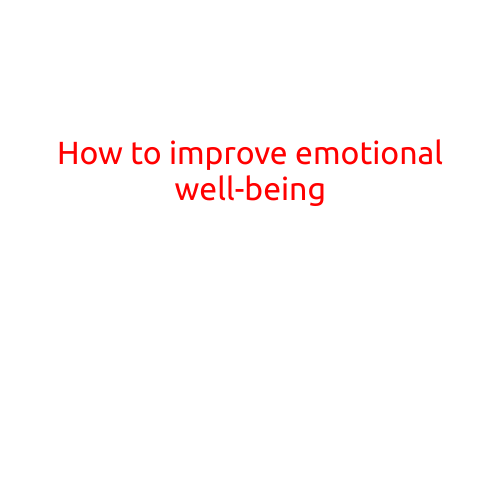
How to Set Realistic Personal Goals
Setting personal goals is an essential step towards achieving success and fulfillment in life. However, it’s common for people to set goals that are unrealistic or unattainable, which can lead to disappointment and frustration. In this article, we’ll explore the importance of setting realistic personal goals and provide tips on how to do it effectively.
Why Set Realistic Personal Goals?
Setting realistic personal goals is crucial because it helps you:
- Achieve Success: Realistic goals give you a sense of accomplishment and boost your confidence, motivating you to set and achieve more goals.
- Build Momentum: Achieving small, achievable goals helps build momentum and creates a sense of progress, which is essential for long-term success.
- Avoid Burnout: Unrealistic goals can lead to burnout and exhaustion, which can negatively impact your mental and physical health. Realistic goals help you pace yourself and avoid overexertion.
- Focus on Sustainable Habits: Realistic goals help you develop sustainable habits and routines that you can maintain over time, rather than setting yourself up for failure with unrealistic expectations.
How to Set Realistic Personal Goals
- Start Small: Begin with small, achievable goals that you can realistically accomplish in a short period, such as 30 days or 3 months.
- Make It Specific: Define your goals clearly and specifically, avoiding vague or general statements. For example, instead of “I want to be healthier,” set a goal like “I will exercise for 30 minutes, three times a week, for the next 3 months.”
- Make It Measurable: Quantify your goals so you can track progress and measure success. For example, “I will increase my intake of fruits and vegetables to 5 servings per day.”
- Make It Accountable: Share your goals with a trusted friend or family member and ask them to hold you accountable. This can provide an added motivation to stay on track.
- Break It Down: Large goals can be overwhelming, so break them down into smaller, manageable tasks. For example, if you want to learn a new language, start by setting a goal to practice for 15 minutes, three times a week.
- Be Flexible: Life is unpredictable, and things don’t always go as planned. Be willing to adjust your goals if circumstances change or if you need to adjust your approach.
Examples of Realistic Personal Goals
- Fitness: I will exercise for 30 minutes, three times a week, for the next 3 months to improve my overall health and fitness.
- Career: I will dedicate 1 hour each day, Monday to Friday, to learning a new skill or taking online courses to advance my career.
- Relationships: I will schedule a weekly video call with a friend or family member to maintain a strong connection and build a stronger support network.
- Financial: I will allocate 10% of my income towards saving and investing, aiming to reach a financial goal in the next 6 months.
- Personal Growth: I will practice meditation and mindfulness for 10 minutes each day to reduce stress and increase self-awareness.
Conclusion
Setting realistic personal goals is essential for achieving success and fulfillment in life. By starting small, making it specific, measurable, and accountable, and being flexible, you can set goals that are achievable and aligned with your values and priorities. Remember to break down large goals into smaller tasks, and don’t be afraid to adjust your approach as needed. With a clear direction and a plan, you can achieve your goals and enjoy the satisfaction of success.





